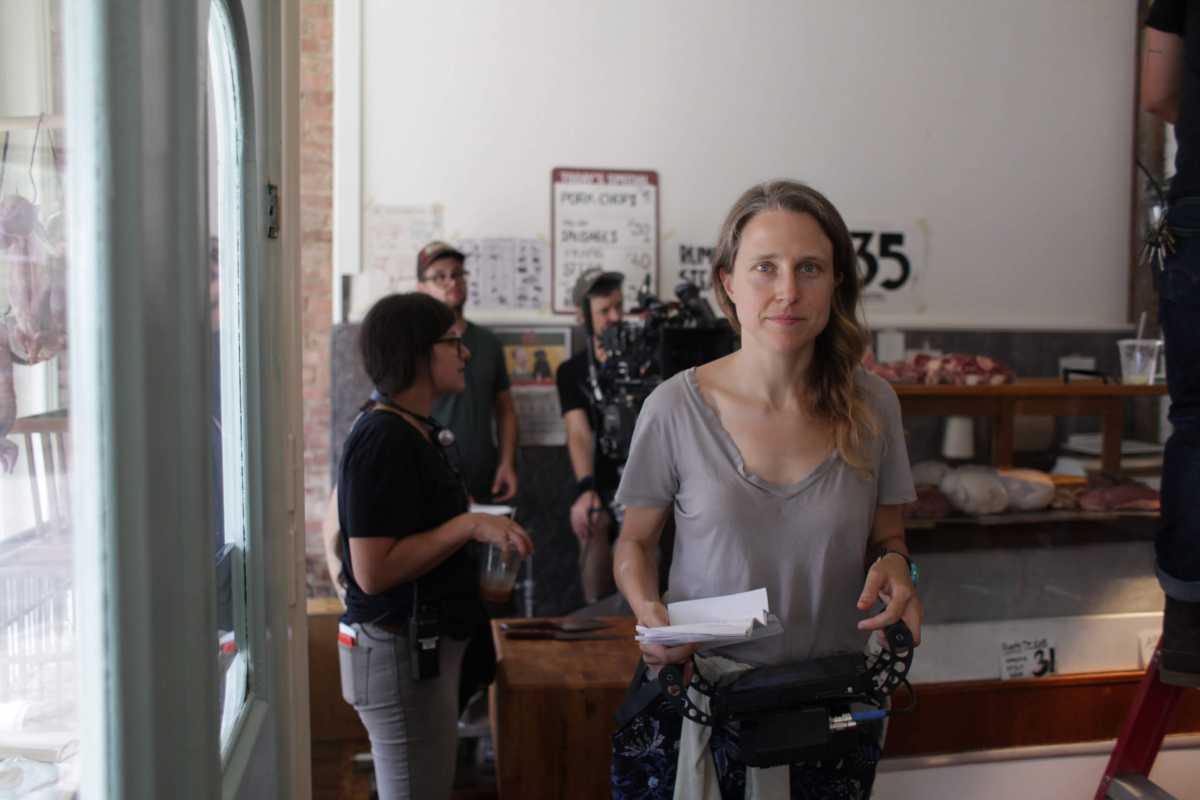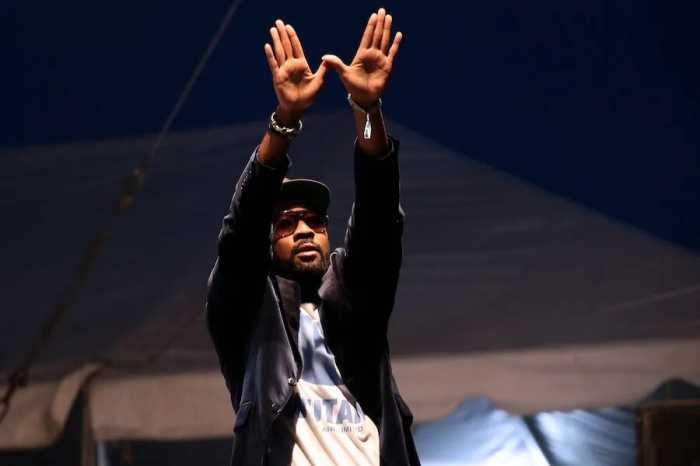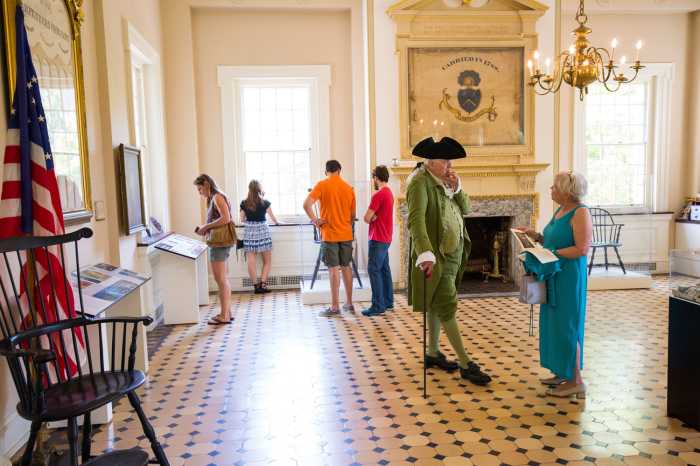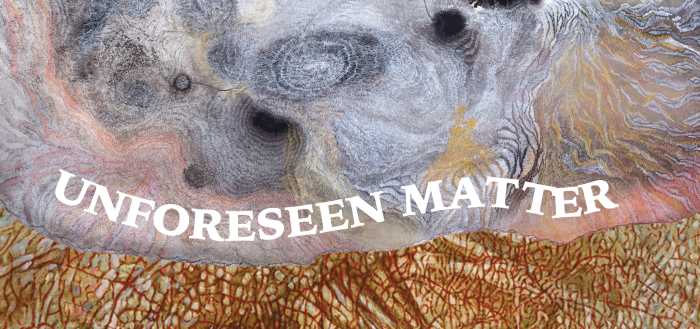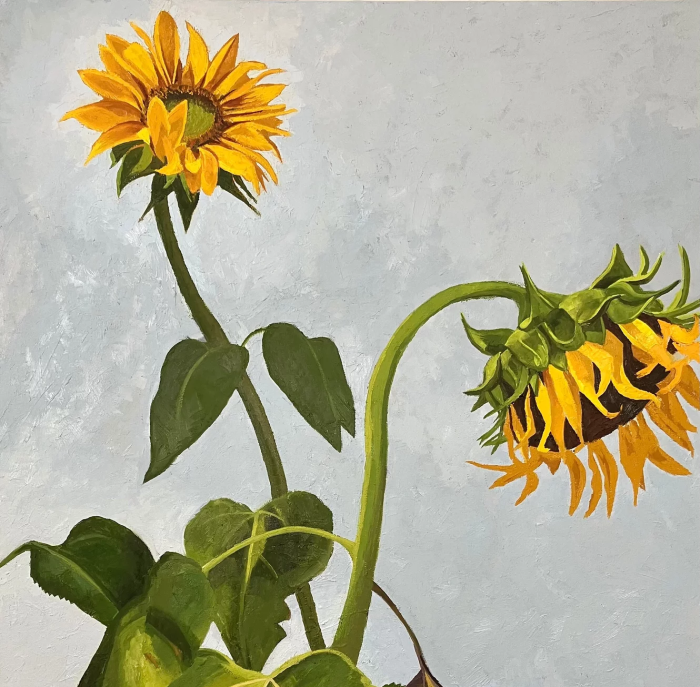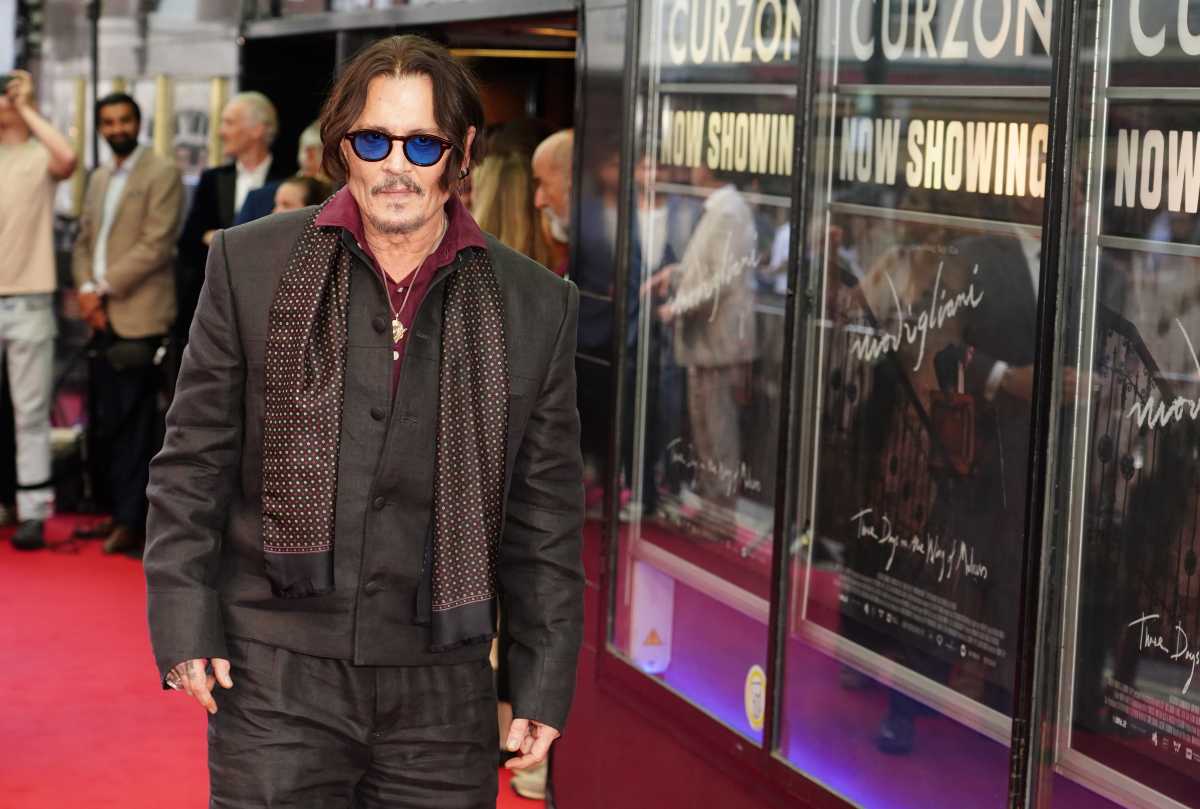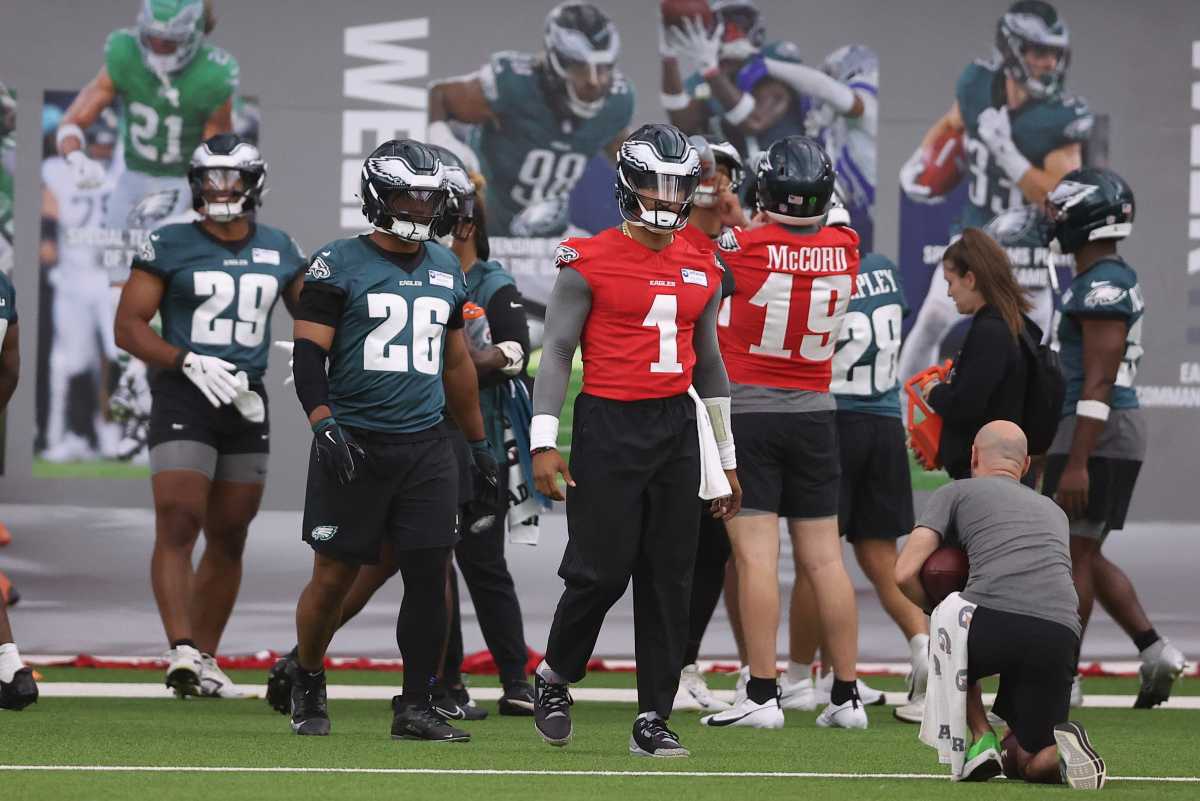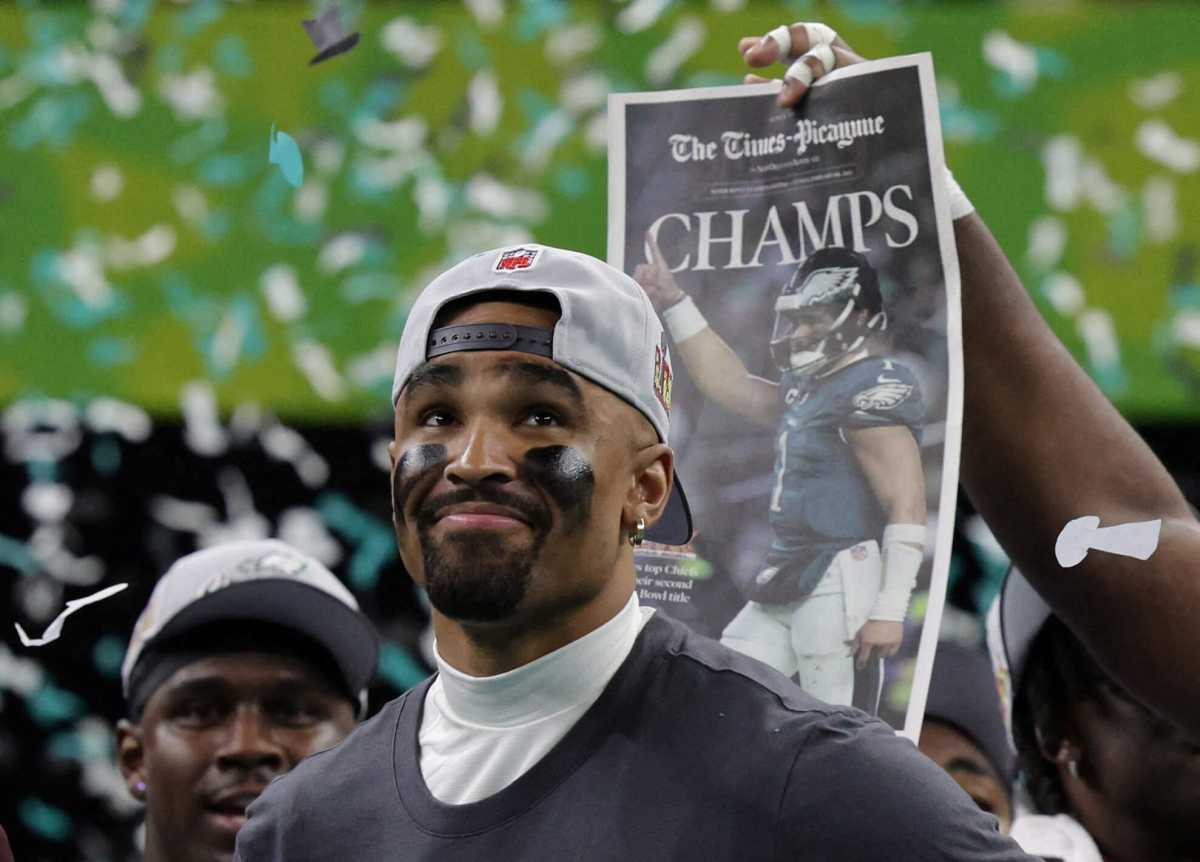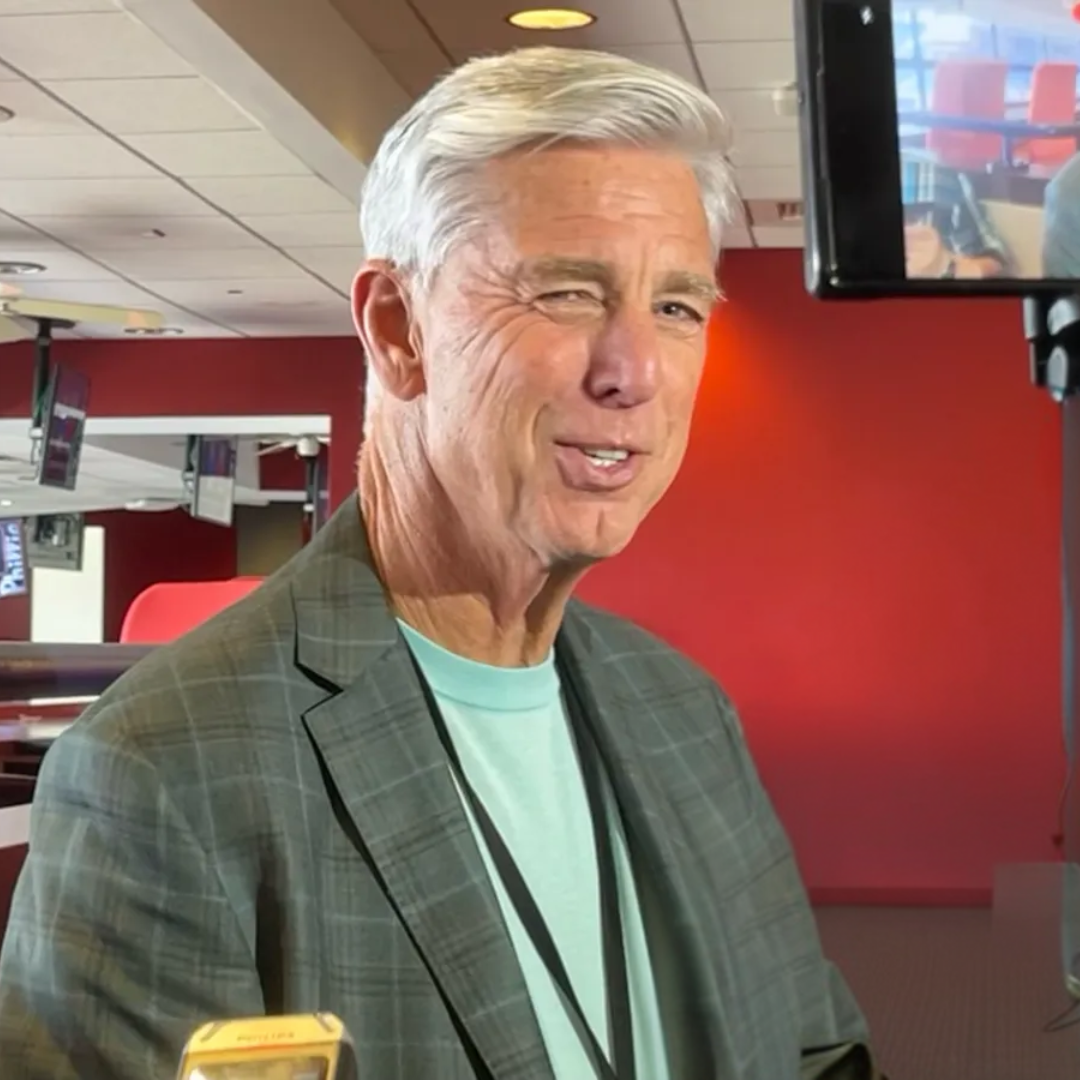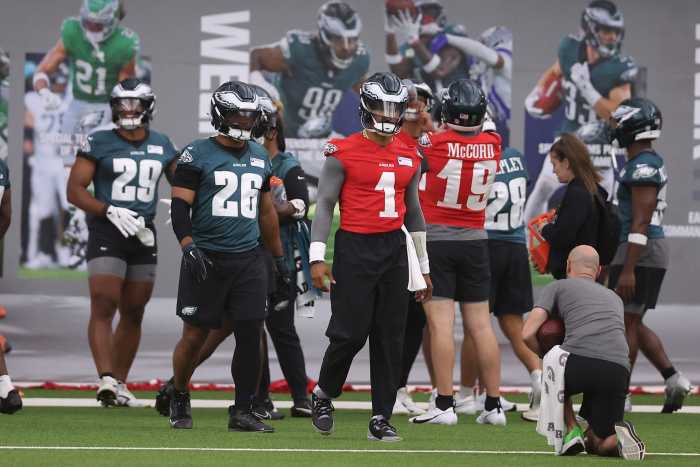Have you ever had a film that constantly keeps your psychological wits on its toes? If you haven’t, ‘Shirley’ will certainly do so. Take one indie director with a flair for thoughtful thrillers, a screenwriter who knows how to create boldly unique characters and a star-studded cast of actors and you have a hit that will keep your mind spinning until the very last second.
‘Shirley,’ written by Sarah Gubbins and directed by ‘Madeline, Madeline’ filmmaker Josephine Decker, is based on the novel of the same name by Susan Scarf Merrell, which follows world-renowned horror and mystery author Shirley Jackson—who is actually real and best known for her short story ‘The Lottery.’ Shirley, played by Elisabeth Moss, lives with a slew of conditions including agoraphobia and must battle those certain conditions in her own way when her adulterous husband offers a young couple a room (Logan Lerman and Odessa Young) in her home. What ensues is not a biopic look into the author’s interesting life, but a psychological work of art that keeps audiences constantly on the edge of their seats.
Decker sat down with Metro to discuss more about what went into making ‘Shirley’ and the deeper meanings behind almost every aspect of the film.
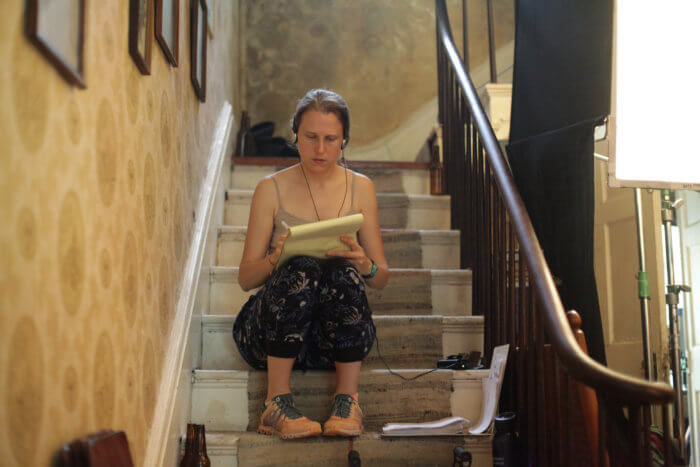
What was it about the script that intrigued you to want to sign on and direct?
Honestly, everything—but I guess mostly the characters. Sarah (Gubbins) is so funny, she’s such a great writer and she’s so imaginative. These characters kind of—I was going to say explode off of the page, but maybe it’s more like they melt and ooze off the page. It was just clear that the character of Shirley was so fun and so cruel and witty and manipulative and complicated but you could really empathize with her at the same time. Then obviously, there’s this young Rose who you really relate to and feel connected to, and you feel that you’re experiencing this kind of unusual world through her eyes. So I felt very much connected to the female characters right away. There was [also] this kind of a Hitchcock-y thing going on in the writing with the way the house was depicted, and these kinds of parties, and the subtle presence of this kind of haunting of this character of Paula—so many things about the script made me want to work on it. After I got attached, there was about a year before we started shooting, we just had a lot of dinners and would kind of play around, mostly about Paula and how Paula appears, and we were working on the ending too. But it was exciting, there was a really fun editing process as well.
What does that time before shooting allow for you as a director?
I have mostly written my own films, so usually there’s way more time spent on writing ahead of the movie, but I think this is a natural thing. Once you get attached to a project, you want to get inside of it and find the ways to really know what’s going on in the writer’s head. As a director, it’s so important and then also to connect to it as a director.
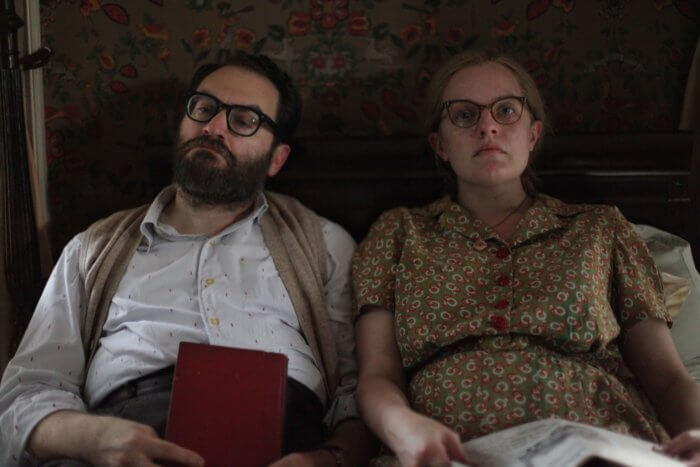
Something I really liked about the film was that everything really had a deeper meaning including the costumes and even the way both Shirley and Rose wore their hair from the beginning to the end of the film, can you tell me a little more about that?
I’m glad you noticed that—we wanted to feel the influence that these women had on each other, and they’re sort of opposites at the beginning of the film. [But] they each go through a transformation that makes them a little bit more like the other person, or maybe more like themselves in a way. There’s a shot of Rose, at the beginning of the film she’s wearing this kind of pale yellow [color] and then by the end of the film it’s this brilliant gold shirt, and I think our costumer is just such a genius with color and she did so much great work. We talked a lot about the colors of Rose eventually ending up on Shirley and the colors of Shirley eventually ending up on Rose. Then obviously with hair and make-up, we had a field day. With that, these two women intertwine and unravel each other’s hair [and] they’ve swapped in a way.
I also wanted to talk about your filming style with this particular film, what was going through your head?
We had so many ideas, it was almost too many. If anything, we were really influenced by Shirley’s writing and sort of how there’s almost a formality to the way that she writes about an experience in the town. When you leave the house, you have to be sort of buttoned-up and the town’s perceives you in a certain way, so we shot the town even with a different lens than we shot the rest of the film. But then also, a lot of the stuff inside the house, we were really letting the characters pull us through the different rooms and letting the movement of the bodies motivate the camera work, so we really attuned to the bodies and the physicality in a different way inside the house than outside of the house. There are actually a lot of different shooting styles in the film, but each of them feels really appropriate to the different moments, and we tried to balance the kind of more ecstatic, visceral shooting with sometimes a shooting that really embraced the house as a character, so we tried to have those concepts merge.
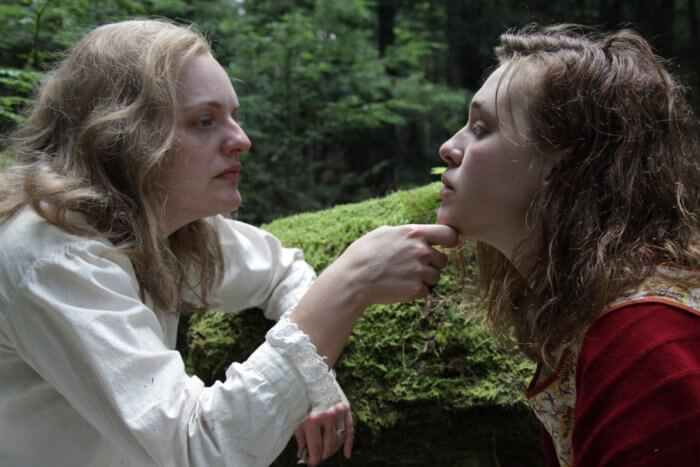
There were a few very emotionally-charged sensual scenes that really stand out in the film. As a director, when you’re talking to the actors before some of those intense scenes, do you do anything specific to get them into that mode to make sure that emotion comes across?
It’s funny because sex scenes can be the hardest scenes and the easiest scenes in a way because it’s such an intimate scene and there’s that understanding, everybody treats it with a tender care. It’s very present work from all collaborators, from the DP to the actors. I felt really grateful for the way that the actors placed their trust in me as the director, and allowed the space for those scenes. So I think for the sex scenes, we would try to have conversations ahead of time in a very professional way, talk about boundaries and how we want to handle and respect each other’s boundaries basically. Then, that way the actors feel like they know what’s happening and there’s a space created for them to explore. We had done a bit of physical work, so we had that kind of freedom in the body already. Odessa is so embodied—I just love how much she let her body be a guide, and there’s a story inside of her body that feels like the story of Rose in terms of how much she’s letting herself be free and that feels really exciting. In general, you just try to rehearse in a way that supports the actors and follows their instincts and helps them find their way, so I just tried to be present and listen a lot as a director. I think it’s important to listen and then when I had really strong ideas, just talk about why those ideas were there. Just communicating, 90% of my job is communicating clearly and well and asking questions and sharing my own thoughts.
Overall what do you hope audiences take away from the film?
I just hope that people read more of Shirley’s work and really become obsessed with her because she’s really worth being obsessed over. I really don’t want people to feel like they have to experience the film a certain way. I think what’s exciting about our film is that they can then go off and read some of Shirley’s work. Her endings are also really flawlessly ambiguous.
‘Shirley’ drops on Hulu, VOD and participating drive-ins June 5.



